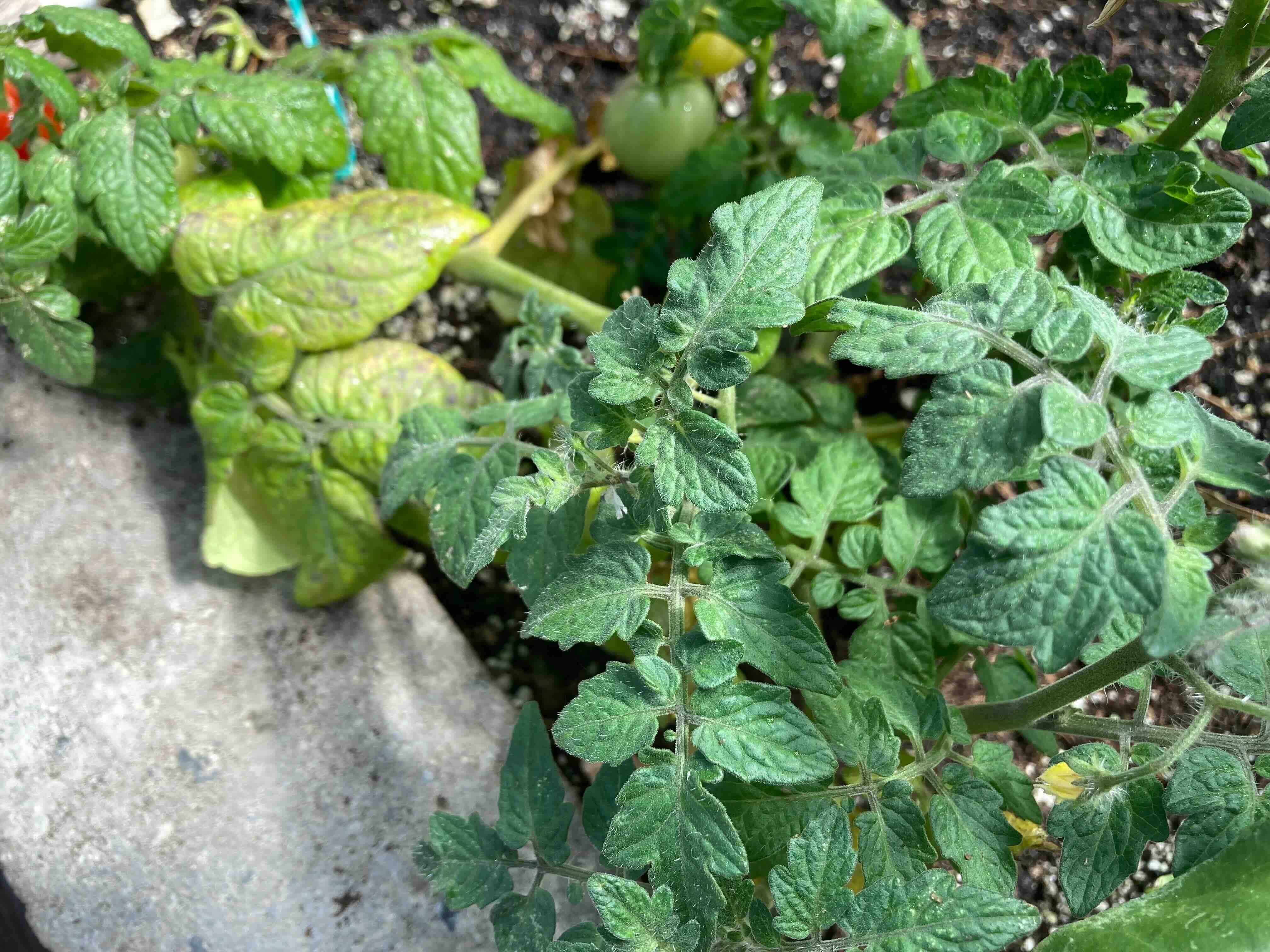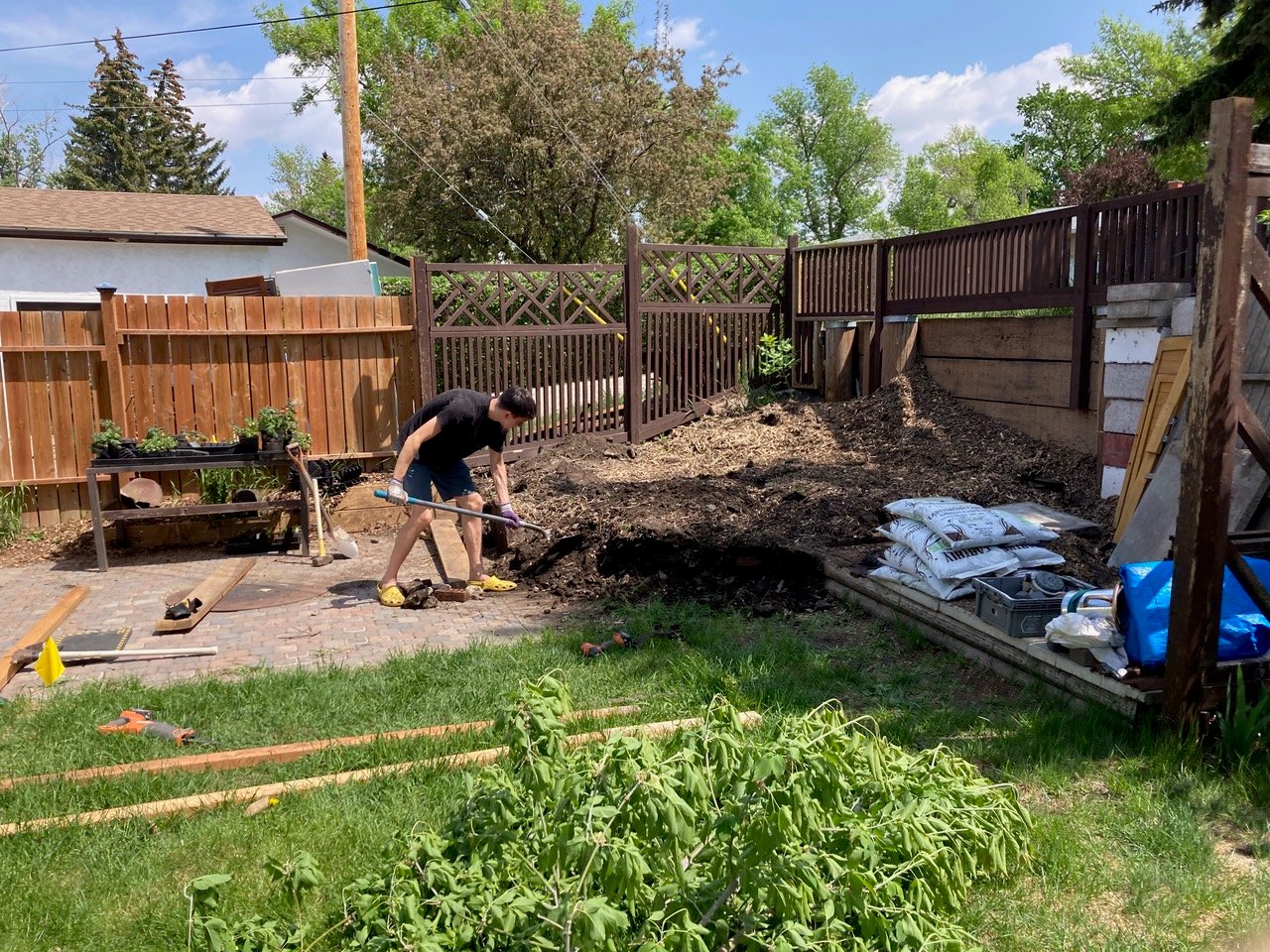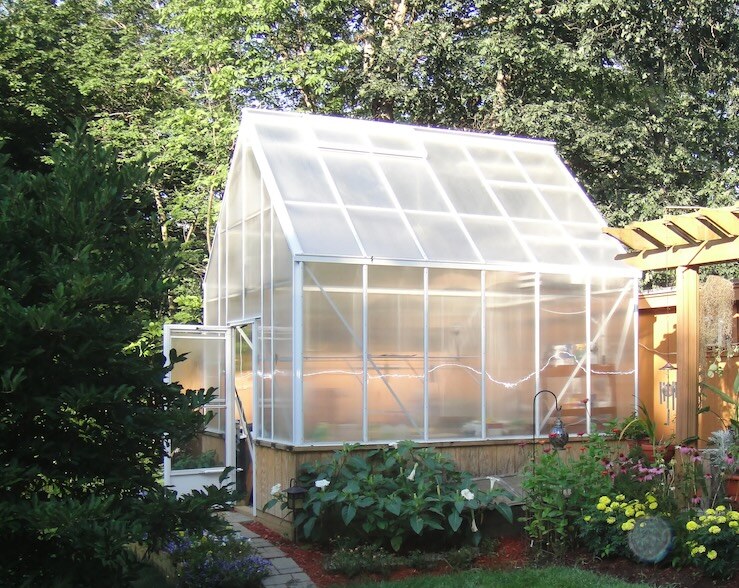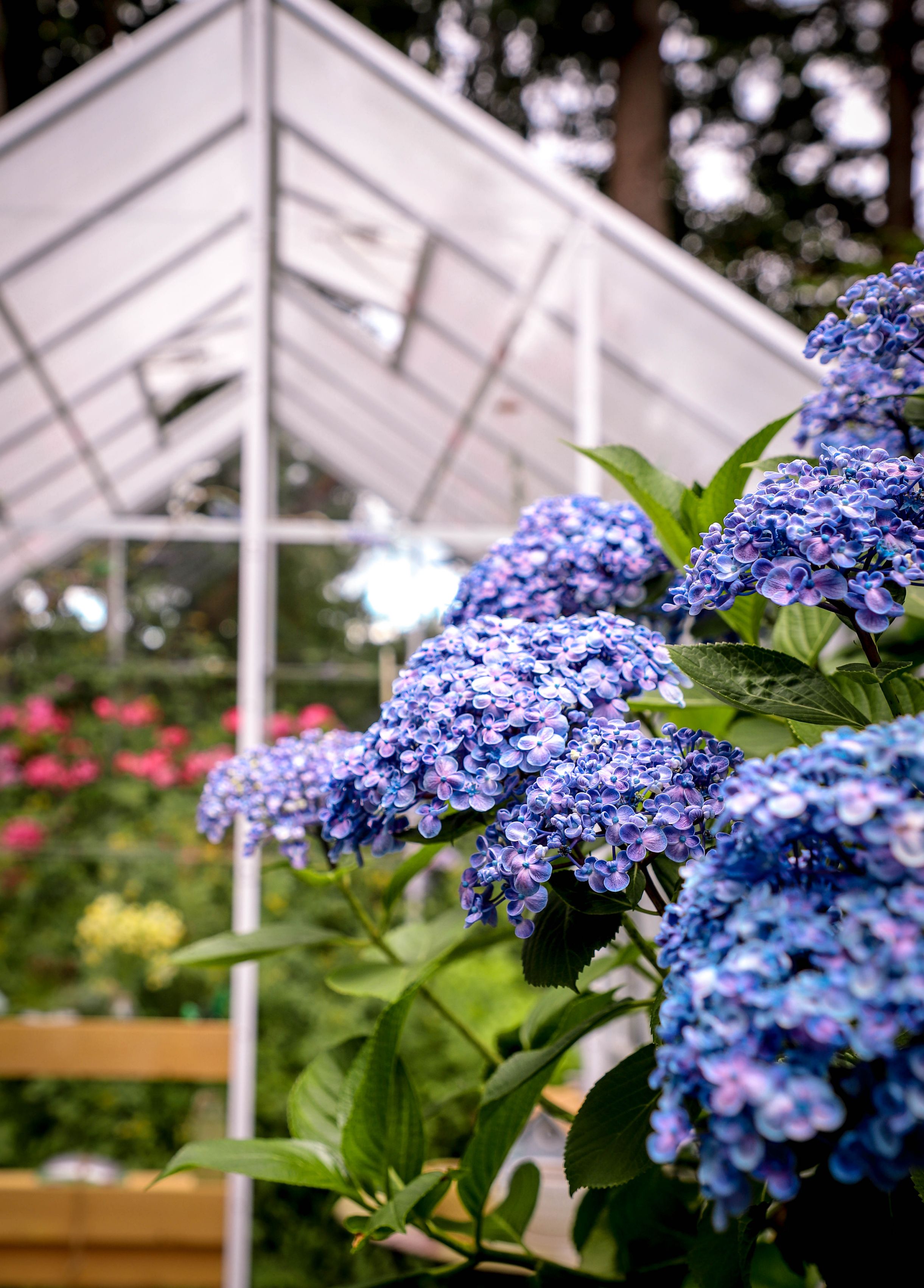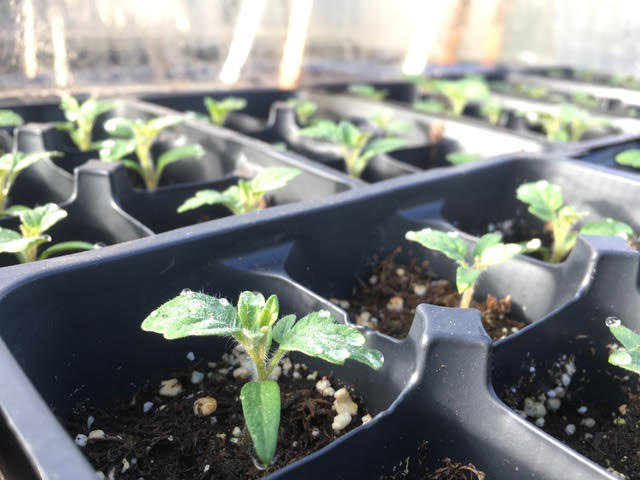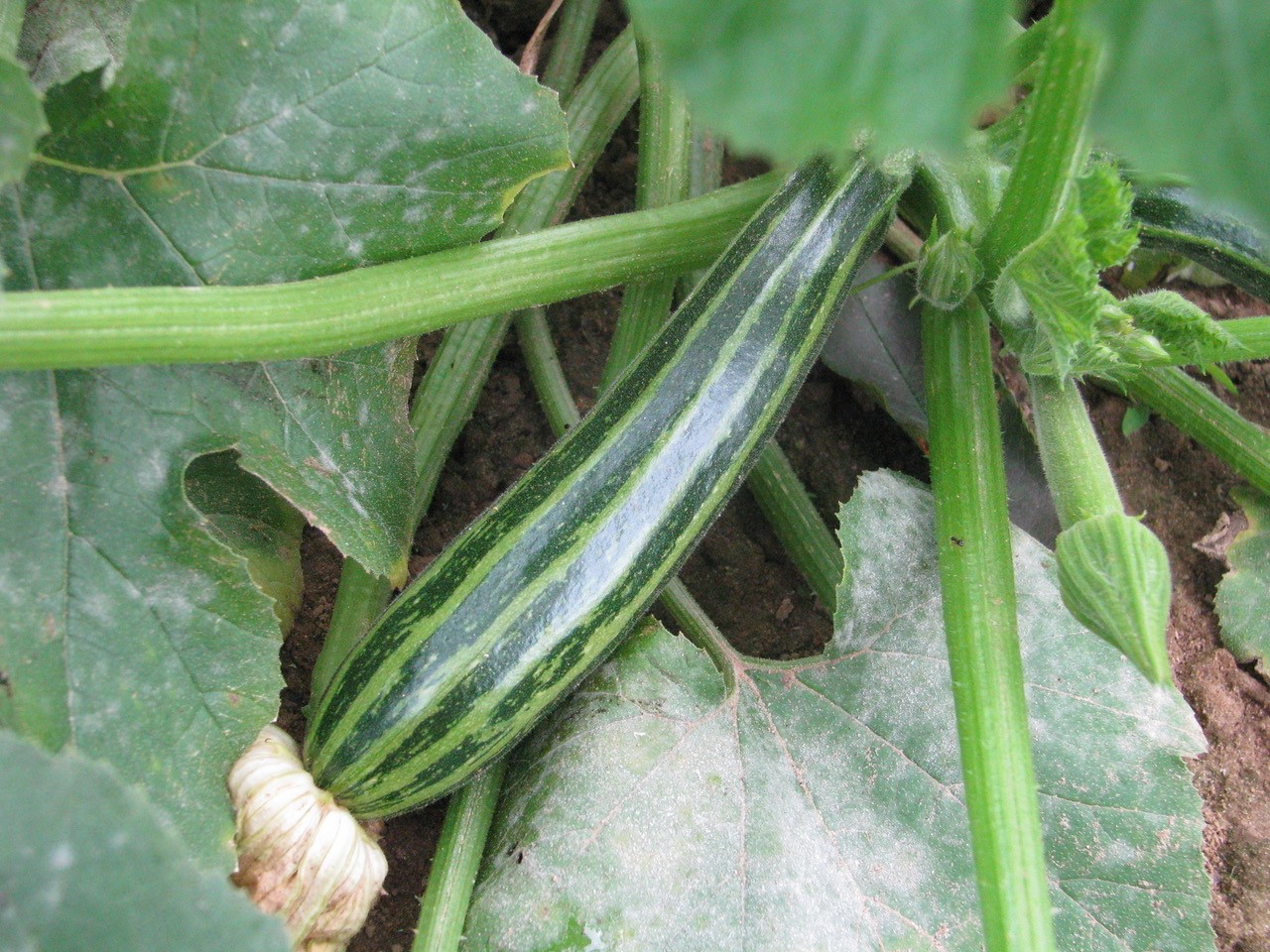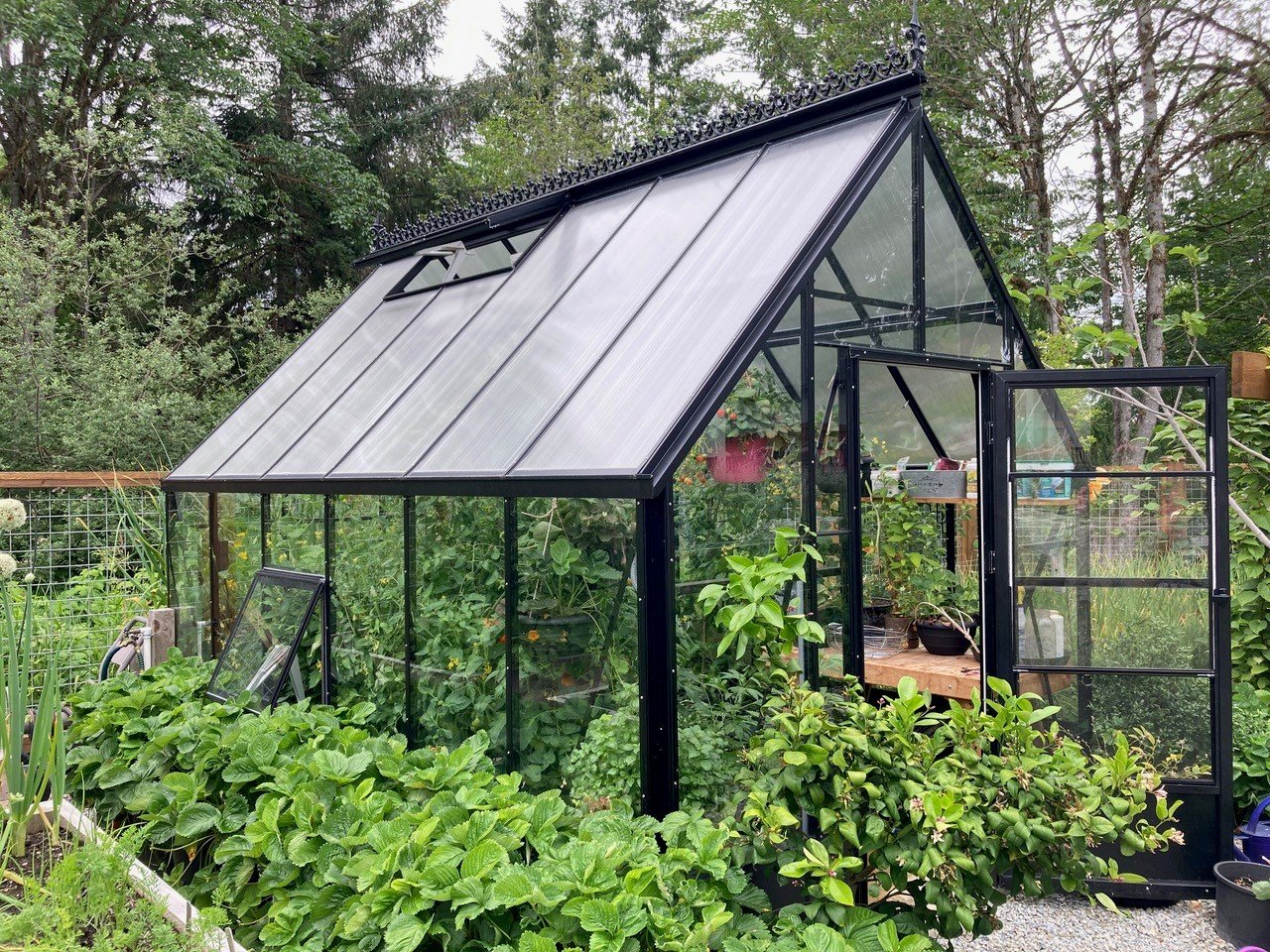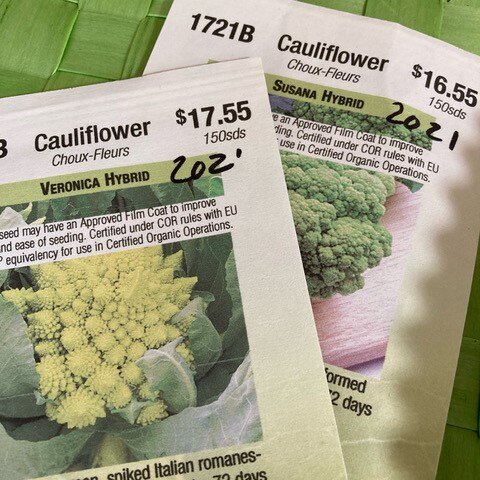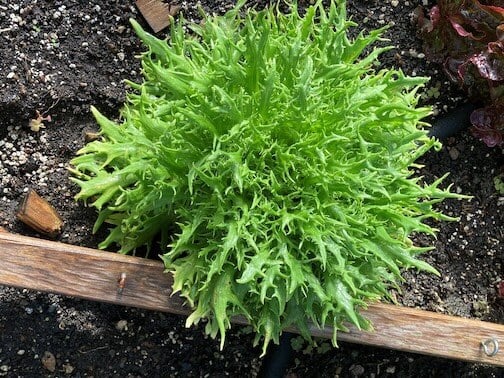How do I Revive my Plants? Troubleshooting and Fertilizing Tips
Recognize the Signs of Plant Stress
Quick Answer:
How do I revive my plants and know if they need fertilizer? Yellowing leaves, pale color, and stunted growth are common signs of nutrient deficiencies—especially nitrogen and sulfur—while shiny, vibrant leaves indicate a well-fed, thriving plant. Are compost, worm tea, and manure enough to fertilize greenhouse plants? Though compost, worm castings, and manures improve soil texture and microbial health, they lack essential nutrients and should be paired with a balanced fertilizer for full plant recovery. What other issues might be stressing your greenhouse plants? Inconsistent watering, pest infestations like scale, or high pH levels can also cause symptoms of stress; identifying the root cause and responding with steady care, micronutrients, and natural pest control helps restore plant vitality and resilience.
This summer, I returned from a long-distance move to find my greenhouse plants crying out for help—wilted leaves, dry tips, and pale color. Turns out my house sitters were a little too cautious with watering and fertilizer. Now that I’m back, I’m coaxing everything back to life, and the transformation has been remarkable.

